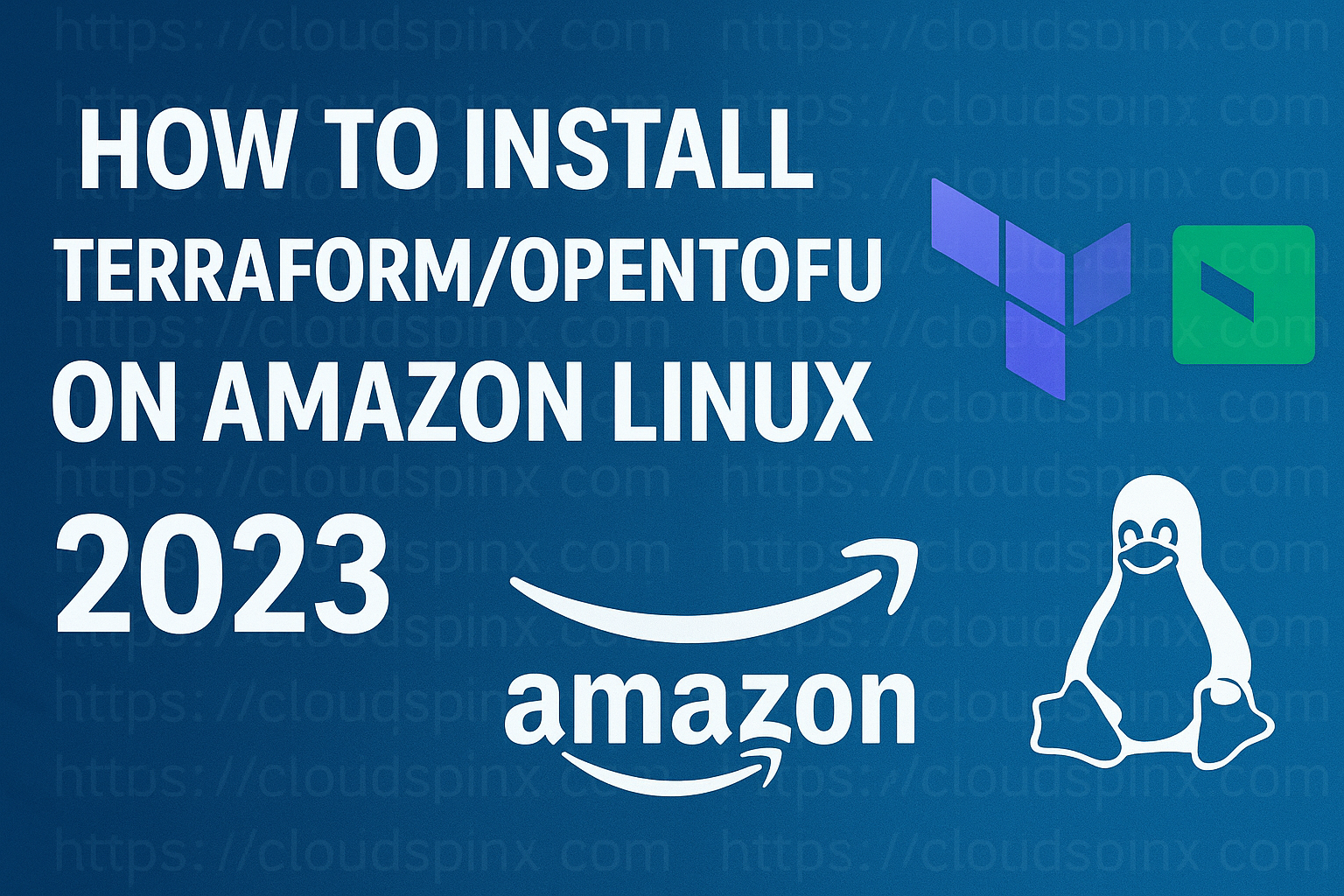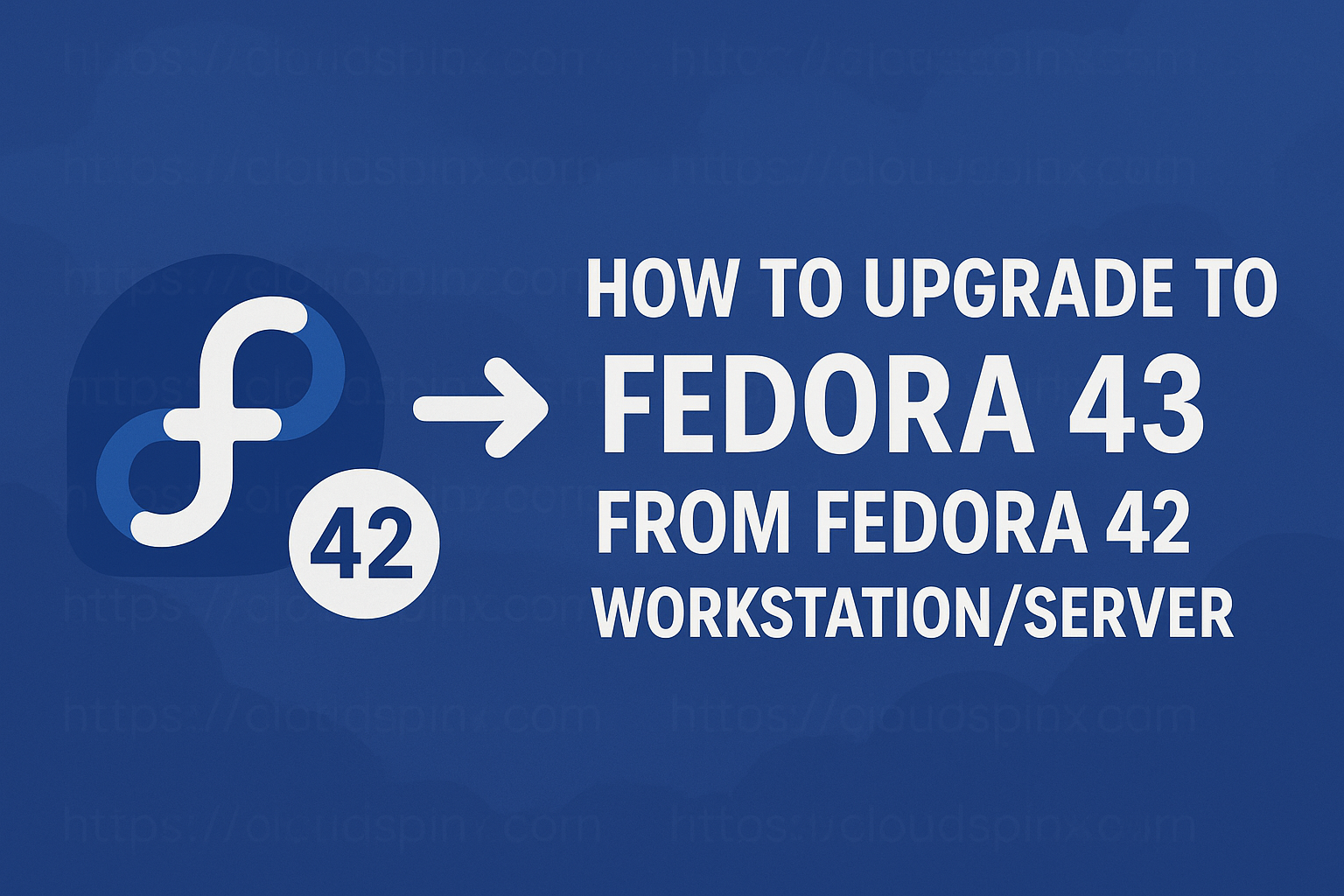After installing Debian on your system, which comes with a default Gnome Desktop Environment, you may want to switch to your favorite desktop environment. There are a variety of Desktop environments available for including:
- KDE Plasma
- LXQt
- MATE
- Fluxbox
- Xfce
- LXDE 11
- Cinnamon e.t.c
Cinnamon was developed from GNOME 3 by Linux users after disappointments with GNOME 3 changes. Cinnamon being a free and open-source desktop environment for the X Windows system strives to be the best desktop environment for Linux due to its speed, flexibility, and transparency. Furthermore by default, cinnamon allows one to add nice extensions such as desktop cube, watermark among other functional effects.
This guide demonstrates how to install Cinnamon Desktop Environment on Debian. In this guide, I will cover two ways to get Cinnamon Desktop Environment installed on your Debian system. If you installed Debian without GUI or you want to change to Cinnamon Desktop Environment then this is the right guide for you.
Step 1: Install Cinnamon Desktop Environment
There are two common methods of installing Cinnamon Desktop Environment on Debian.
Option 1: Install Cinnamon Desktop Environment using Tasksel
In Debian, there is a command-line tool known as Tasksel which makes it easy to install desired Desktop Environments. It is installed as a default app but in case you are using a Server without GUI, you will need to install it.
sudo apt install -y taskselWhen Tasksel is installed, now launch it as below.
sudo taskselYou will then see this Desktop environment list. On the list, select Cinnamon using the space bar.
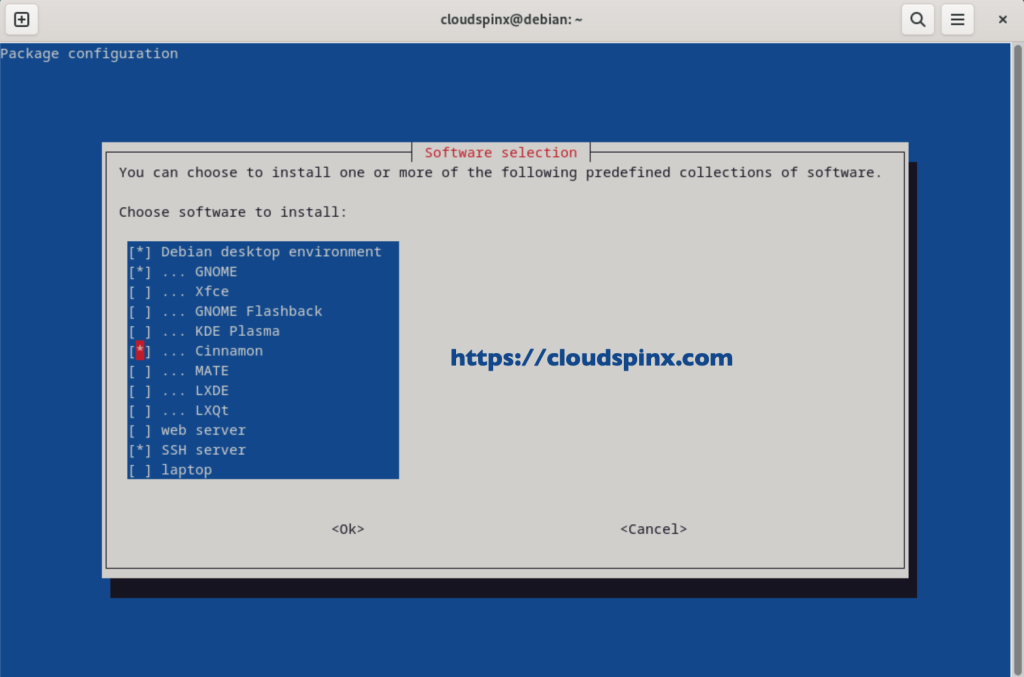
Press OK to begin the installation. Remember to navigate using the TAB key.
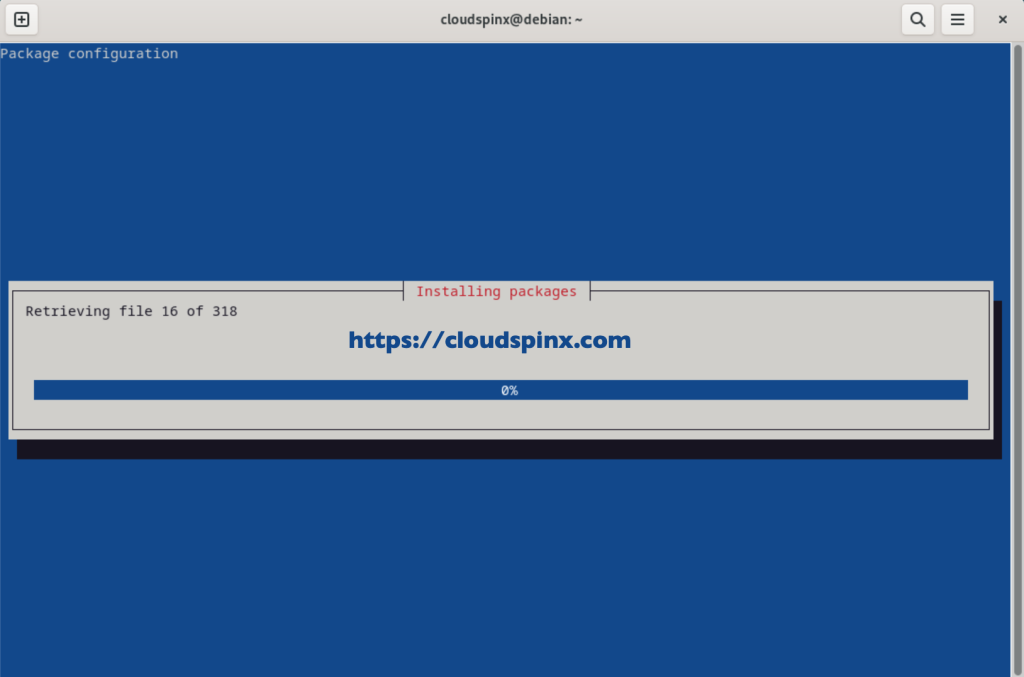
Sit back patiently as you wait for the packages to download and install. This takes a few moments depending on your internet speed.
Once complete, reboot your system.
sudo rebootOption 2: Install Cinnamon Desktop Environment using APT
Cinnamon Desktop Environment is also available in the default Debian APT repositories. You can also install it on your system using the single command below.
sudo apt -y install task-cinnamon-desktopThis also takes quite some time depending on your internet speed. Once complete, you are required to reboot your system.
sudo rebootStep 2: Switching to Cinnamon Desktop Environment
Now that you have successfully rebooted your Debian system, you will need to switch from the default Gnome Desktop to Cinnamon Desktop Environment by clicking on the settings icon shown below.
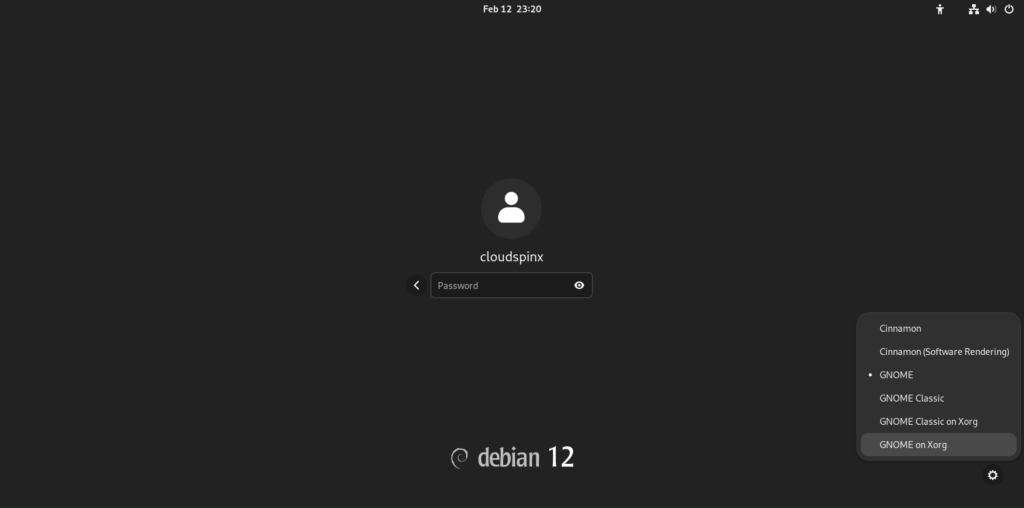
On the Desktop Environment lists displayed, select Cinnamon and proceed to login. Cinnamon starts as shown:
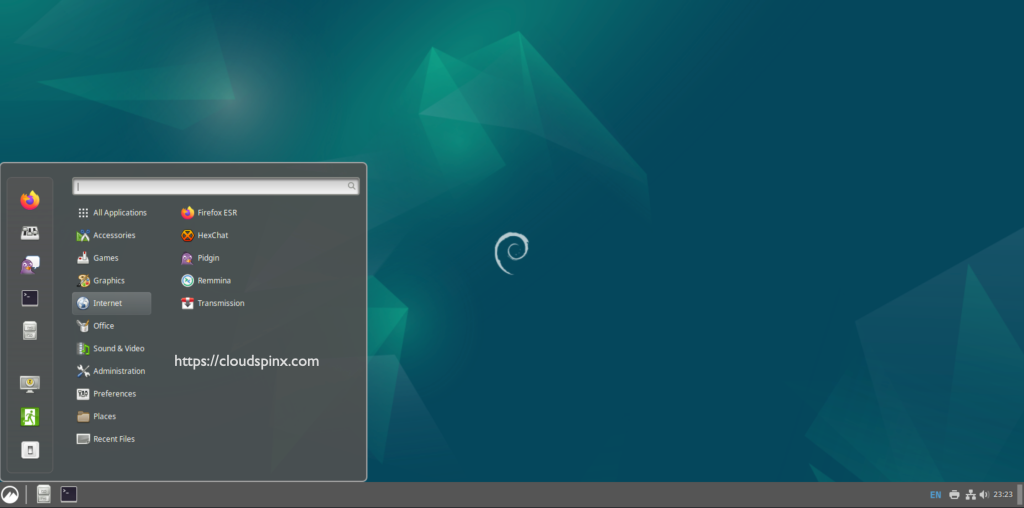
Verify your installation by checking the system info as shown.
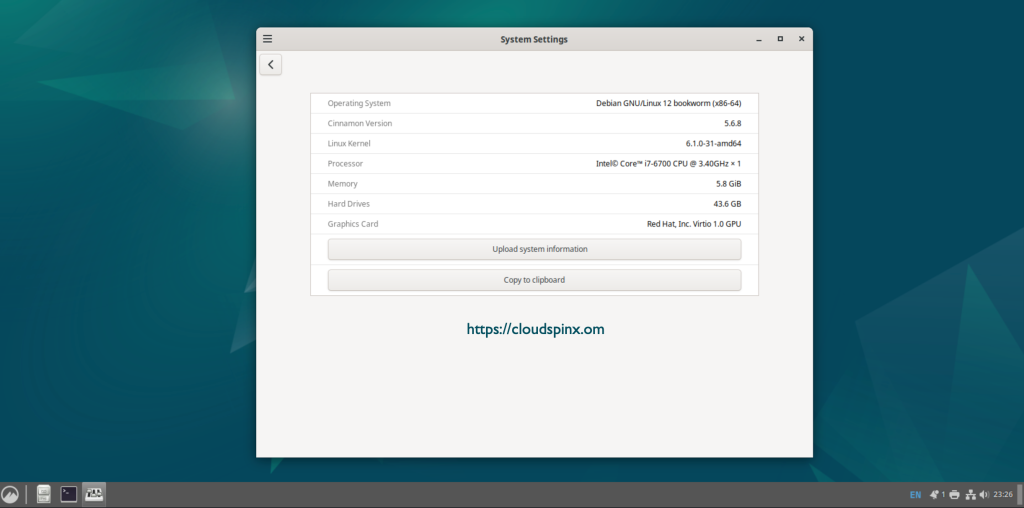
Step 3: Add themes and Plugins
You can now customize your Cinnamon Desktop Environment to your appeal by navigating to the settings then Themes as shown:
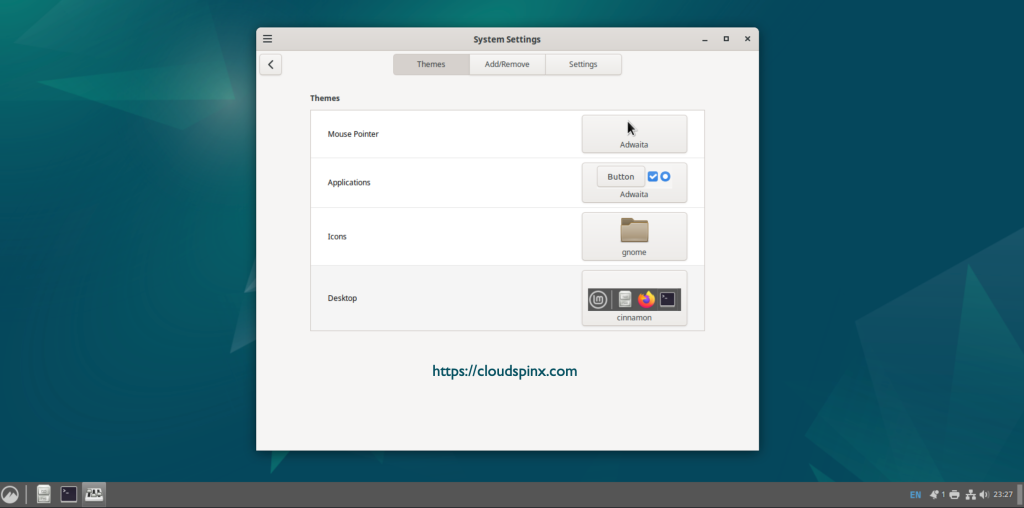
While here, you can edit your Windows borders, icon appearance, controls, Mouse Pointer and Desktop. Under the Desktop section, you can download more desktops for the Cinnamon Desktop Environment.
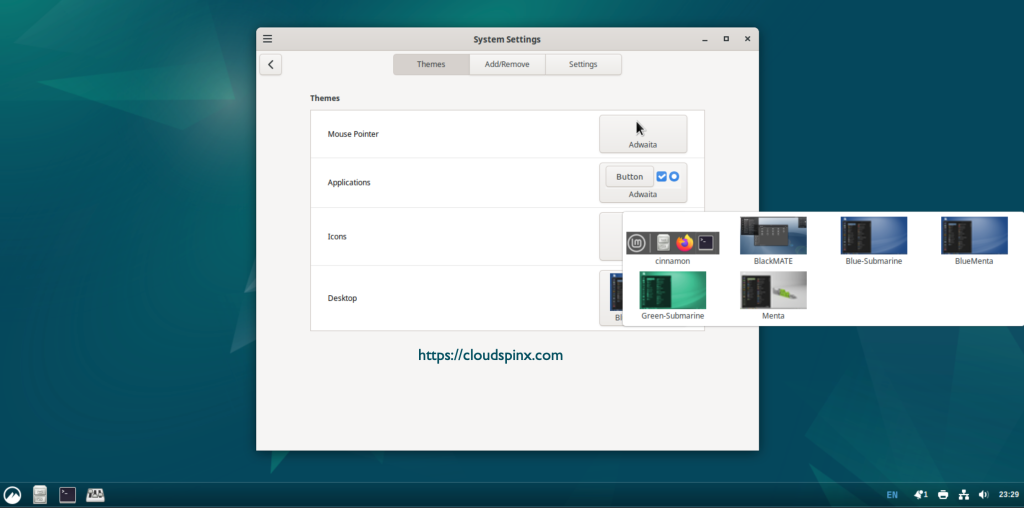
Install and change your Desktop appearance for Cinnamon Desktop Environment as desired.
Conclusion.
Congratulations! You have now installed Cinnamon Desktop Environment on Debian. I hope you enjoyed it.
See more on this page:



